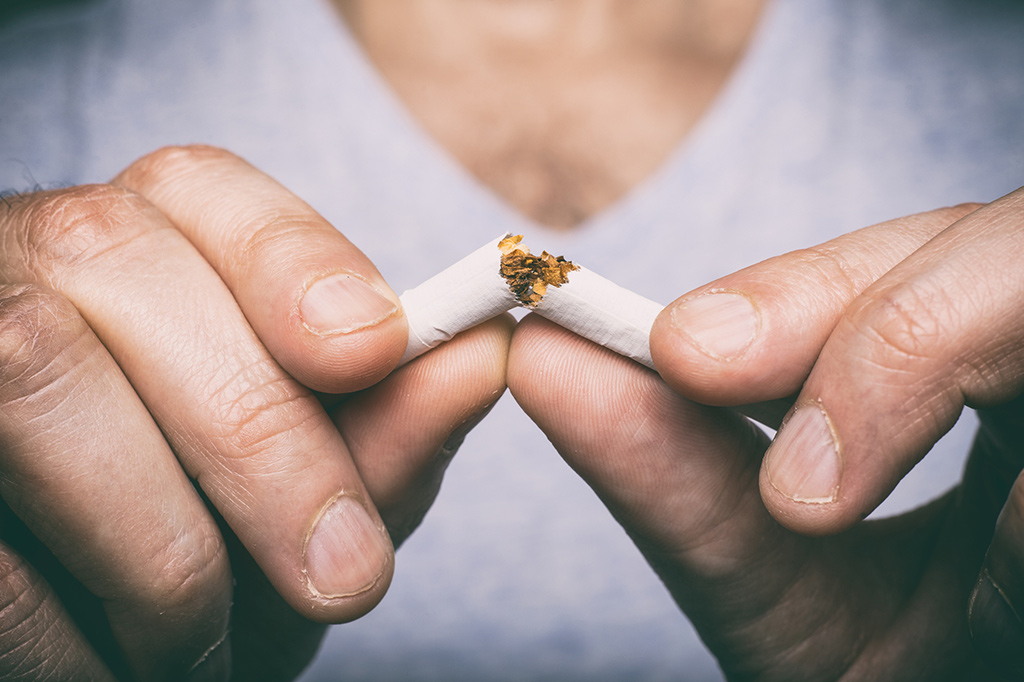The fight against the tobacco epidemic is not new. Every year around the world, 8 million people die due to cigarette smoking. As more and more awareness is spreading regarding the hazardous health risks of smoking with time, more smokers are propelled to quit than ever. But, why do we still see a great disparity between the smokers who want to quit and the ones who actually quit?
The answer lies somewhere between the lack of availability of appropriate alternate products and lack of adequate intervention methods. It is both logically and scientifically impossible to ask a smoker to quit smoking all of a sudden, since the nicotine addiction is so strong that it can make a person physically and emotionally dependent on it in less than a month.
A more workable strategy in this scenario can be to introduce alternate products that are less harmful than traditional cigarettes and can help smokers to quit eventually.
The Hazards of Smoking
Smokeless or Heated Tobacco Products (HTPs) are some of the products that function in line with this strategy. What these products do is that instead of burning tobacco as in traditional cigarettes, they actually only heat the tobacco which then produces a nicotine-containing aerosol that carry 50-90% less harmful compounds as compared to traditional cigarettes.
While nicotine itself is a hazardous substance, the majority of smoking-related diseases come from tobacco combustion and its smoke. When battery-operated HTPs only heat up the tobacco without producing smoke, the health risks posed by these products significantly decreases.
After a two-year review of these products and their impact in the test markets, the United States Food and Drug Administration (FDA) has authorized certain HTPs to be marketed as MRTP to combustible cigarettes due to the reduced toxins contained in them, their reduced health risks, and their potential to help in smoking cessation. The FDA further specified that while these noncombustible cigarettes are not safe, they are still a better option than the conventional combustible cigarettes.
Based on evidence that certain HTPs significantly reduce the body’s exposure to 15 specific harmful chemicals and the aerosol produced by them carry considerably lower levels of potential carcinogens and toxic chemicals that can harm the respiratory system, the FDA has authorized the use of these noncombustible alternatives for smoking cessation through harm reduction.
In addition, there is also evidence, supported by the FDA, that only current smokers form the majority of HTP consumers and that there is significantly low uptake of these products by youth and current non-smokers. The agency has further mentioned that while switching to these smokeless alternatives can significantly reduce toxic exposures and risks of smoking-related diseases, they can also help heavy smokers cut down on their smoking habits.
Second Hand Smoke is a Killer
The plague of secondhand smoke is another pressing issue of combustible cigarettes. Where the smoke produced by traditional cigarettes harm the smoker, it also poses severe health risks to people who take in the same air containing the smoke.
An extensive number of studies have shown that people, who have never smoked themselves but are repeatedly exposed to an environment where people actively smoke, are at an increased risk of developing lung cancer and other smoke-related diseases.
Out of the 8 million people who die around the world every year due to active smoking, around 1.2 million are the ones who are actually non-smokers but succumb to secondhand smoke. By switching to HTPs and alternative products, these health risks of passive smoking can be substantially reduced.
Conclusion
Thus, in a time when the trend of smoking is on the rise, and despite the repeated efforts from both authorities and smokers themselves, the prevalence rate of smoking is not declining; the need for effective tobacco control and cessation has become more imperative than ever.
The responsibility therefore boils down to governments and health authorities to spread awareness around the use of available alternatives that can help in efficiently fighting against the smoking epidemic, and include a harm reduction strategy into their tobacco control efforts by introducing these reduced risk products to smokers as it can provide them with a balanced and effective way to reduce their smoking habits.
Reference Links:




